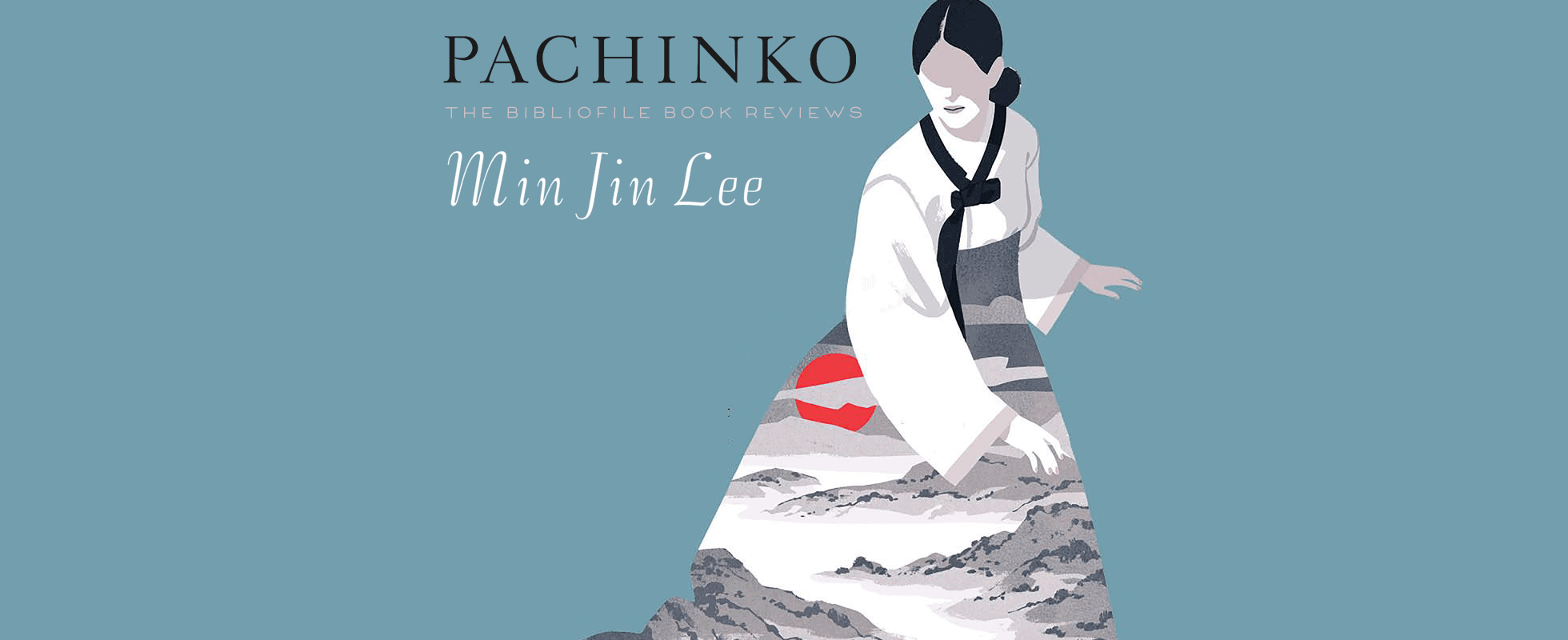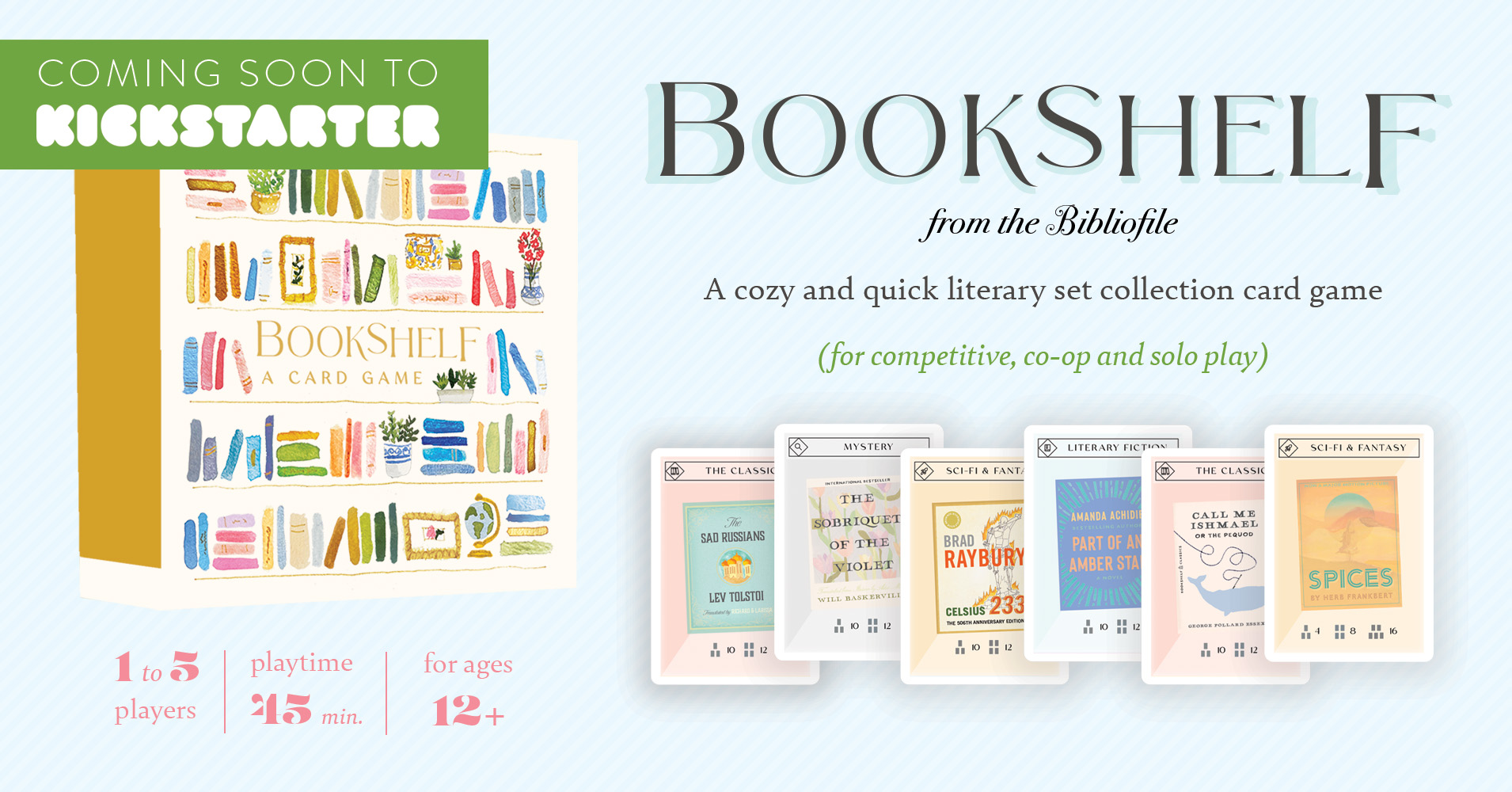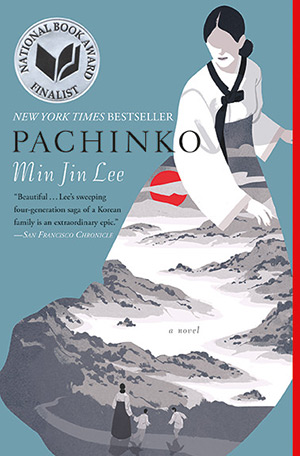Book review, full book summary and synopsis for Pachinko by Min Jin Lee, a story of a Korean family in Japan across generations.
Synopsis
With the backdrop of the Japanese occupation of Korea, Pachinko follows the lives of a family living in Korea that re-establishes itself in Japan. The narrative progresses through the years and the events of WWII, and we see the family's struggles and the sacrifices made in the name of survival. Even as the story near modern day, its characters are never quite free of their history and the events of the past.
Pachinko is a story of a family told across generations, whose lives are shaped by the events and attitudes of the world around them. It's a moving and intimate story that deals in universal themes and struggles.
(The Full Plot Summary is also available, below)
Full Plot Summary
Section-by-Section SummarySee the Section-by-Section Summary of PachinkoQuick Plot SummaryBook I introduces an old fisherman and his wife who turn their small home in Yeongdo, Korea into a boarding house. Their only surviving son, Hoonie, is a cripple who marries a nice but impoverished girl, Yangjin. The young couple has a daughter, Sunja. Hoonie dies of tuberculosis when Sunja is 13. Afterwards, Yangjin keeps running the boarding house by herself for income. When Sunja is 16, she meets a fish salesman, Koh Hansu, who seduces her, and Sunja gets pregnant. Hansu is married with children and cannot marry her. He offers to take care of Sunja financially, but she wants nothing to do with him.
Meanwhile, a religious man comes to stay at the boarding house, Baek Isak, who has tuberculosis, and they nurse him back to health. When he is better, he asks Sunja to marry him after hearing about her unfortunate situation. Sunja and Isak move to Osaka, Japan, to live with Isak's brother and sister-in-law, Yoseb and Kyunghee. Isak becomes the assistant pastor at a church. One day, some debt collectors come demanding payment on a debt that Yoseb incurred when paying for the costs for Isak and Sunja to come to Osaka. Sunja sells a watch Hansu had given her to pay off the debt. Right after, her baby, Noa, is born.
In Book II, young Noa now how has a baby brother, Mozasu. However, Isak gets arrested for religious activities. Afterwards, Sunja starts selling kimchi to help make ends meet. Soon, Kim Changho, a restaurateur, offers to employ both Sunja and Kyunghee to make kimchi for his restaurants, for a generous salary. They accept. When Noa is 8, Isak is finally released from prison, weak and sick, but he dies soon after.
One day, Hansu shows up saying that Osaka will soon be bombed by the Americans and that Sunja needs to leave. He's been keeping tabs on her, and Kim works for him which is why they were offered the kimchi job. He brings the family to a farm where they will be safe, though Yoseb goes to Nagasaki for a new job. Hansu brings Yangjin to the farm as well. Yoseb is badly injured when Nagasaki is bombed.
After the war, the family moves back to Osaka and rebuilds their house larger with the money the farmer gave them. Kim also stays with them and continues to work for Hansu, who now is a gangster running a "protection" racket. As Noa grows up, he is studious and well behaved, while Mozasu doesn't like school and gets into trouble. Mozasu befriends a Japanese outcast, Haruki, whose mother is a seamstress. To keep him out of trouble, a neighbor who owns a pachinko parlor, Goro, hires Mozasu to work for him. Meanwhile, Noa gets into the prestigious Waseda University in Tokyo.
Against Yoseb's advice (he knows Hansu is a bad man), Sunja asks Hansu for the money for Noa's tuition, which Hansu readily pays in addition to room, board and an allowance. Noa meets a pretty girl at school, Akiko, and they date for a long time. (Meanwhile, Mozasu marries Yumi, a girl who works for Haruki's mother.) When Noa breaks up with Akiko, she angrily tells Noa it's obvious Hansu is his real father and that Hansu is clearly a Yakuza gangster which is how he affords all these things. Noa confronts Sunja, and is furious when she confirms it even though he wasn't a gangster when they met. Noa quits school and leaves to start a new life, not wanting to be found.
In Book III, Noa now works as an accountant at a pachinko parlor in Nagano, and everyone he knows thinks he's Japanese. He gets married and has kids. When Hansu finally tracks him down, Sunja goes to see him and Noa kills himself. Meanwhile, Haruki marries one of his mother's assistants, Ayume, although he is gay. One day, she sees him engaged in a sex act with a young man, but never says anything.
Mozasu owns his own pachinko parlor now and has a son, Solomon, but Yumi soon dies in a car accident. Hansu shows up at the funeral, but he still hasn't located Noa yet. Solomon is a cheerful boy who attends an expensive international school. Mozasu dates a woman who was previously divorced and has three kids. Her daughter, Hana, gets pregnant and stays with her mother for a while. Hana is 17, but she seduces 14-year-old Solomon and convinces him to give her money. She then runs away, leaving Solomon heartbroken. (She ends up becoming a sex worker and dying of AIDs.)
Solomon goes off to Columbia University and works at a bank in Japan afterwards. His Korean American girlfriend comes with him, but is unhappy there. When there's a complication at work, Solomon is fired. His girlfriend wants to move back, but Solomon realizes he is Japanese even if Japan sees Koreans as foreigners. Solomon decides to stay and join his father in the pachinko business, even if it is un-prestigious compared to banking. The book ends with Sunja visiting Isak's grave and learning that Noa visited the grave all the time, even while he was living in Nagano. Sunja buries a photo of Noa in the dirt at the gravesite.
For more detail, see the full Section-by-Section Summary.
If this summary was useful to you, please consider supporting this site by leaving a tip ($2, $3, or $5) or joining the Patreon!




It is one of my next reads. Wonderful review! 😍
Loved your review. I read it very recently and thought the same. Perhaps you’d be interested in reading my review
I love d story and it serve as a good lesson to all people who read this book.
I would like to comment on one of the criticisms listed in this review. When it comes to the frequent commentary on breasts or the physique of the girls/women, this is actually due to the narrator being omniscient. This commentary helped characterize the person that the narrator was channeling the character of, rather than focusing on the girl being described. For example, if it discussed the desirable physical qualities of an underaged girl, this let me know that the character that had the reins of the narrator was not a good person (Rather than using phrases like “He/She thought…” all the time). This could have also been achieved through dialogue, but people are not always their true selves outload, so this allowed readers to see a character more fully. I do not think it was meant to over sexualize women, but it gave insight to the dirty minds or questionable priorities of (some) of the men. If anything, doing this made it more apparent that young women are easily sexualized because most of the men (and women) have these dirty, inner thoughts.